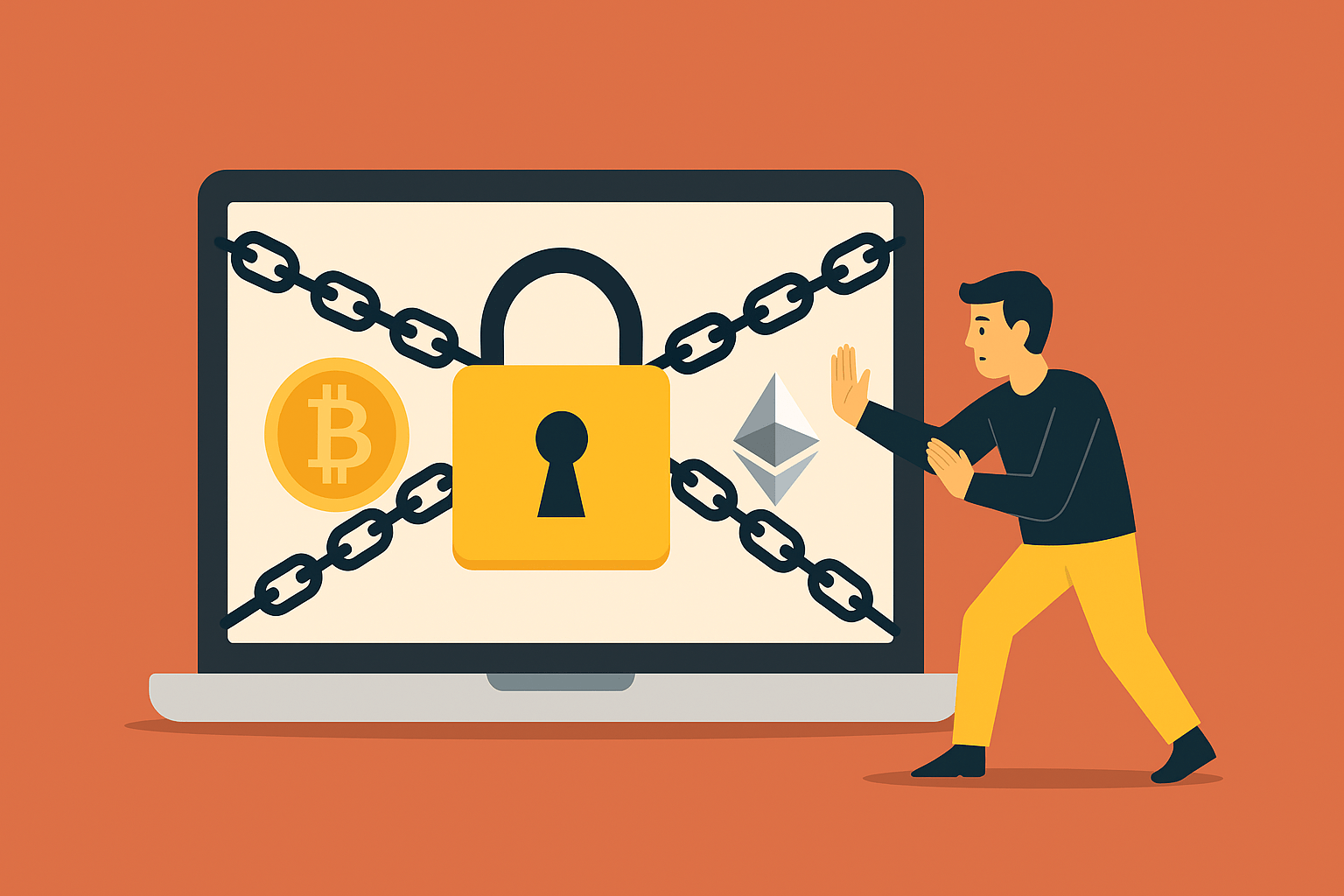Backup in Cryptocurrency
Introduction to Backup
In the world of cryptocurrency, backup refers to the process of creating a copy of one’s wallet data to safeguard against data loss or corruption. This practice is essential for maintaining access to digital assets and ensuring the long-term security of one’s cryptocurrency holdings.
Importance of Backup
Implementing proper backup strategies is crucial for several reasons:
- Data Loss Prevention: Hardware failures, software glitches, or accidental deletions can lead to the loss of wallet data.
- Security: Backups can protect users from loss due to hacking or malware attacks.
- Accessibility: In case a device is lost or stolen, backups allow users to regain access to their wallets and funds.
- Recovery: Backups enable users to restore their wallets and transaction history in case of emergencies.
Types of Backup
There are several methods to create backups of cryptocurrency wallets:
- Paper Wallets: This involves printing or writing down the private keys and public addresses, which can be stored safely offline.
- Encrypted USB Drives: Wallet data can be stored on USB drives, which should be encrypted for added security.
- Cloud Storage: While convenient, storing backups in cloud services can expose users to risks if not adequately secured.
- Backup Software: Many wallet applications offer built-in backup tools to facilitate the backup process.
Creating a Backup
To create an effective backup of a cryptocurrency wallet, users should follow these steps:
- Select the Wallet: Identify the wallet that requires a backup.
- Follow Backup Instructions: Refer to the wallet’s user manual for specific backup procedures.
- Choose Secure Storage: Decide on an appropriate storage method (e.g., USB, paper, or encrypted folder).
- Test the Backup: Verify that the backup works by restoring it in a secure environment.
Best Practices for Backup
To ensure the safety and reliability of cryptocurrency backups, users should adhere to the following best practices:
- Multiple Copies: Keep multiple copies of backups in different locations to prevent loss in case of theft, fire, or disaster.
- Regular Updates: Regularly update backups after every significant transaction or wallet change.
- Encrypt Backups: Use encryption to protect backup files from unauthorized access.
- Avoid Cloud Storage: If possible, avoid using cloud storage for sensitive backup data.
Conclusion
In summary, backing up cryptocurrency wallets is an essential practice that every crypto user should prioritize. By understanding the significance of backups, exploring various backup methods, and adhering to best practices, users can significantly mitigate risks associated with data loss and ensure the long-term safety of their digital assets.


















